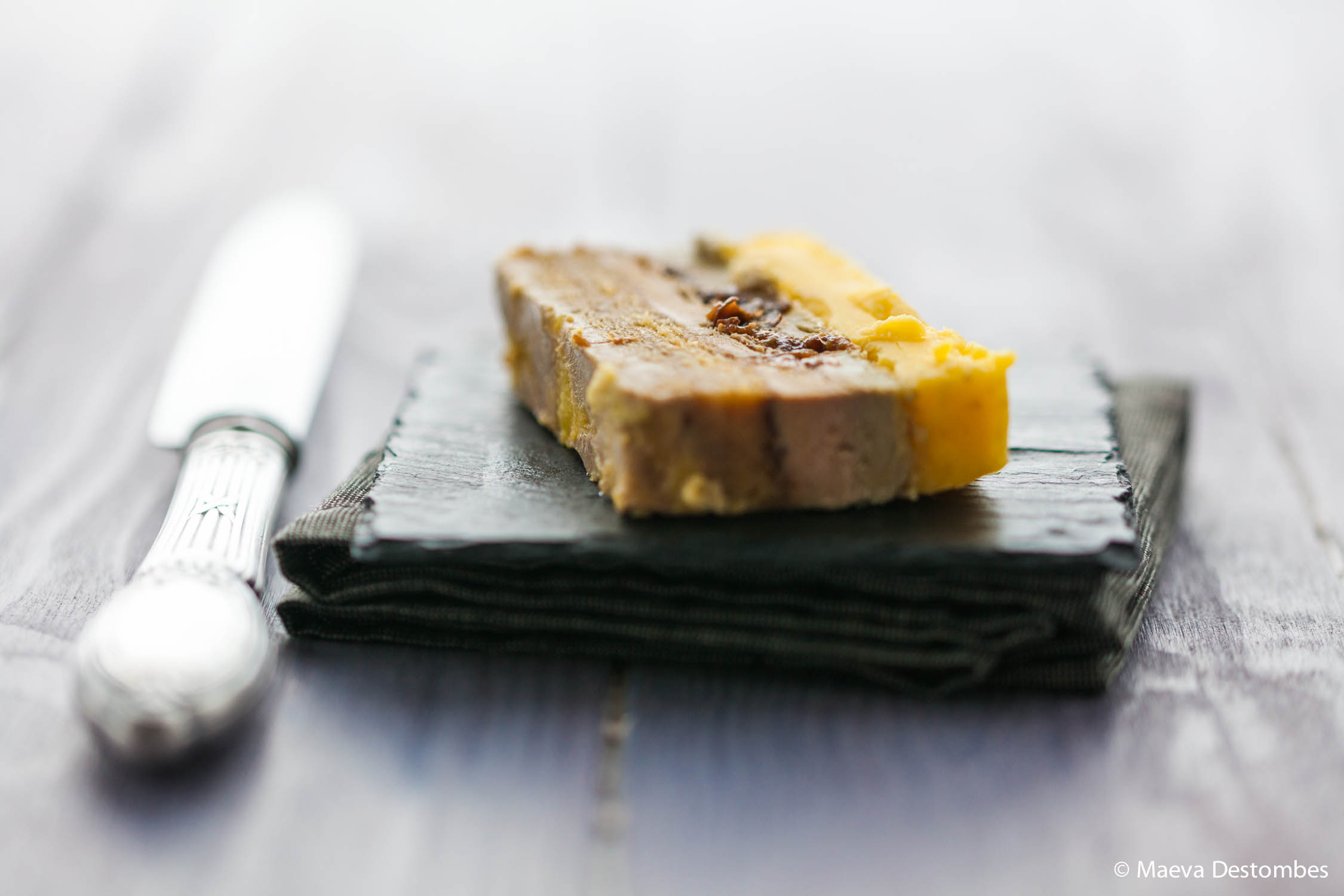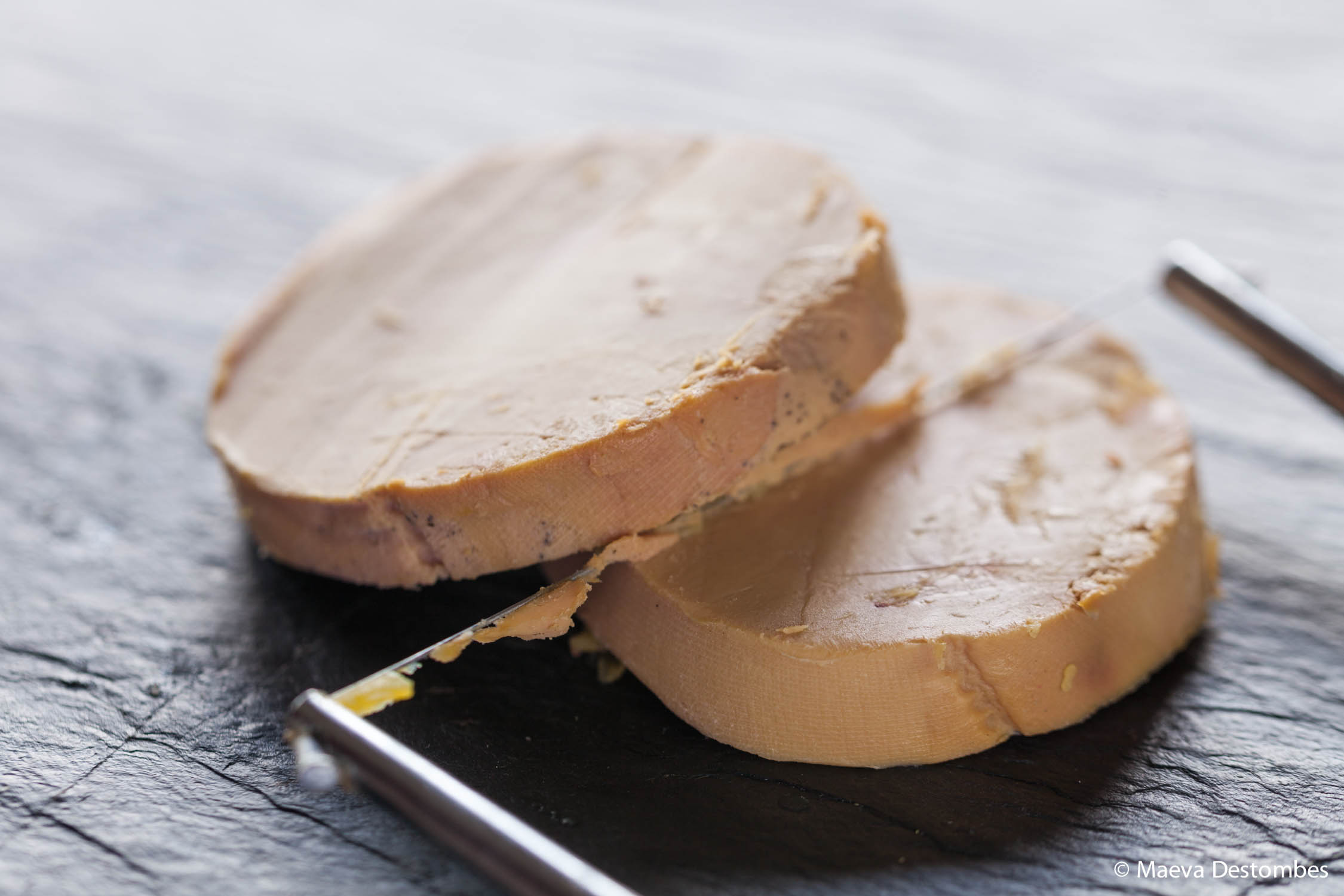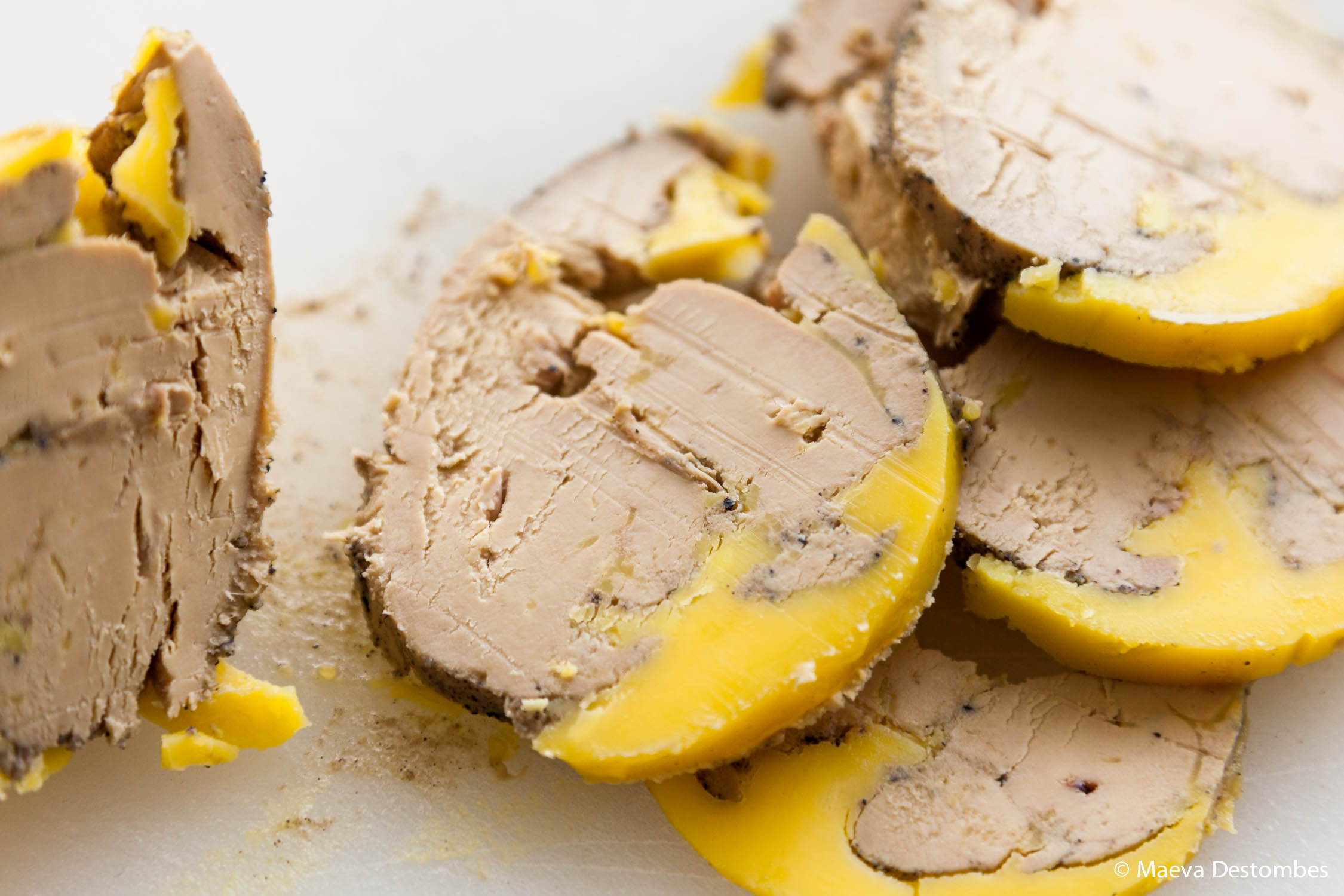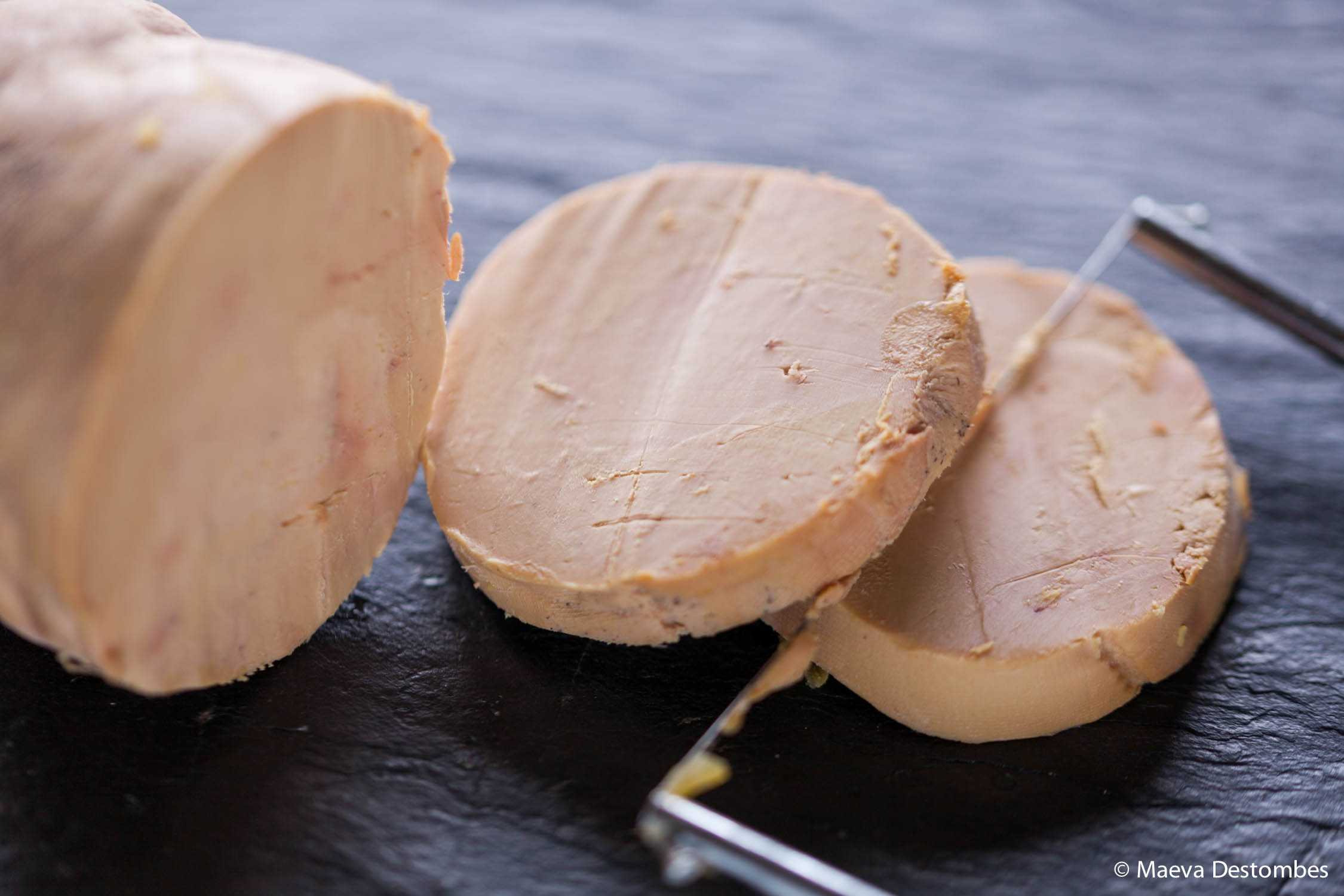
The Périgord region undoubtedly evokes foie gras and good food. Ambassador of the gastronomic heritage of France, the French foie gras and more particularly of Périgord has its defenders among which the Association Foie Gras du Périgord and the Cercle des PériGourmands. What is the history of this exceptional dish? How to choose it on the market? What are the quality labels?
A SHORT HISTORY OF FOIE GRAS
The genesis of foie gras began more than 4500 years ago in Ancient Egypt. Force-feeding appeared there in the 25th century BC. Frescoes on tombs at the Saqqarah site show this technique in pictures. The Egyptians force-fed all kinds of palmipeds, certainly to make them fatter and smoother to eat. But foie gras really appeared as such in Ancient Greece and under the Roman Empire. The first recipe for foie gras is given in the De re coquinaria, a compilation of cooking recipes compiled at the end of the 4th century. After the fall of the Roman Empire, this tradition of foie gras was perpetuated in the Jewish communities of Central Europe, for whom the use of butter or lard was prohibited. Vegetable oils are also difficult to obtain. It is therefore these communities that will spread the breeding of geese and learn to master force-feeding. After the invention of appertization, the production of foie gras developed in the corn-producing regions, mainly Hungary and Alsace. In the meantime, other French regions, notably the Périgord, became experts in the force-feeding of palmipeds and the production of foie gras. So much so that this region sometimes gives the impression of being the real historical cradle of foie gras.

SOME STATISTICS…
The French have a real passion for foie gras. Over the centuries, foie gras has taken a special place in the French culinary heritage and since 2006 it is legally defined in the article L654-27-1 of the Rural Code and Maritime Fishing « Foie gras is part of the cultural and gastronomic heritage protected in France. Foie gras is the liver of a duck or goose specially fattened by force-feeding ». This product « participates in the influence of the art of living and the French gastronomic culture in the world ». Today, France is the world’s leading producer and consumer of foie gras. According to an exclusive CIFOG/CSA survey dating from 2018, 90% of our fellow citizens consume it and 75% consider it a must-have, particularly during the end-of-year celebrations, well ahead of smoked salmon (61%) or the Christmas log (57%). For 57% of French people, this exceptional dish should be on the menu of restaurants all year round. French origin is a key criterion for 92% of French people! French foie gras, and more particularly that of the Périgord, has its fervent defenders.

THE MENTIONS AND LABELS OF QUALITY FOR FRENCH FOIE GRAS
In the past, the simple mention of the origin was enough for the consumer. Globalization has since passed by. It was necessary to create a quality label. The PGI was therefore born in 1992. The PGI Duck Foie Gras of the South West guarantees the origin of the poultry but also the conditions of breeding: access to the outside, force-feeding from 81 days for the Mulard duck and 82 days for the Barbary duck, force-feeding for a period of 10 days, 20 meals minimum composed of 95% of corn from the South West, preparation and packaging in the region A foie gras can bear several mentions or labels: Certified Origin Périgord, Origin France, Foie gras PDO, Foie gras AOC, Foie gras Label Rouge, Foie gras IGP… The Association Foie Gras du Périgord which has been defending the French foie gras of Périgord since 1993 aims to certify, control and accompany the members in particular concerning the origin and the quality in a process of obtaining the label IGP Périgord and IGP Duck with Foie gras of the South-West-Périgord. It is therefore the first point of contact for producers, feeders, slaughterers and cutters, breeders, processors… The second mission of the Association Foie Gras du Périgord is to promote and communicate about the PGI Périgord products. The Cercle des PériGourmands, another defender of the traditions and richness of the Périgord, gathers many personalities from the cinema, the press, the television, the gastronomy…

HOW TO CHOOSE YOUR FRENCH FOIE GRAS ?
In front of the stalls, it is difficult for the consumer to find his way because of the plethora of products. However, the term « foie gras » is highly regulated by the decree n°93-999 of August 9, 1993. It cannot be applied to products containing only foie gras. There are 3 designations for ready-to-eat foie gras that must appear on the label to guarantee the purchase of a real foie gras. Whole foie gras » is a preparation made of goose or duck foie gras. It is uniform in appearance and color. The « foie gras » without any other determination is composed of pieces of lobes of foie gras that can come from different animals. When cut, it has a rather aesthetic marbled appearance. The « block of foie gras » is made of goose or duck foie gras, cut, seasoned and emulsified. If it contains lobes of foie gras, it is called a « block of foie gras with pieces ». Foie gras can be sterilized, presented in a metal can or glass jar. It then includes a MDD (Minimum Durability Date). It can be kept for several years or consumed immediately after purchase. Semi-cooked foie gras is pasteurized and has a best before date. It can be kept for several months. Raw foie gras is not prepared or cooked. It must be cooked quickly, within a week, when it is bought fresh or when it is defrosted.